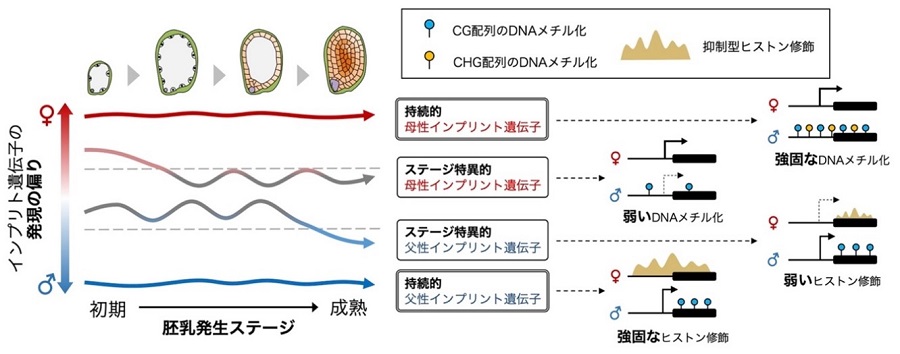2024-07-24 ワシントン大学セントルイス校
<関連情報>
- https://source.wustl.edu/2024/07/study-reveals-how-brain-cancer-evolves-in-response-to-treatment/
- https://www.cell.com/cancer-cell/fulltext/S1535-6108(24)00229-0
高悪性度神経膠腫におけるマルチスケールシグナル伝達と腫瘍の進化 Multi-scale signaling and tumor evolution in high-grade gliomas
Jingxian Liu,Song Cao,Kathleen J. Imbach ,…,Li Ding ,Philadelphia Coalition for a Cure ,Clinical Proteomic Tumor Analysis Consortium
Cancer Cell Published:July 08, 2024
DOI:https://doi.org/10.1016/j.ccell.2024.06.004
Graphical abstract

Highlights
- Metabolome and glycoproteome data reveal driver interactions and recurrence markers
- Alterations in TERTp, PTEN, or TERTp/EGFR produce similar molecular features
- PTPN11 signaling links EGFR, PDGFR, and IDH1 to downstream effectors
- A low hypoxia signature and reduced AMPKA activities are found in IDH-mutant HGG
Summary
Although genomic anomalies in glioblastoma (GBM) have been well studied for over a decade, its 5-year survival rate remains lower than 5%. We seek to expand the molecular landscape of high-grade glioma, composed of IDH-wildtype GBM and IDH-mutant grade 4 astrocytoma, by integrating proteomic, metabolomic, lipidomic, and post-translational modifications (PTMs) with genomic and transcriptomic measurements to uncover multi-scale regulatory interactions governing tumor development and evolution. Applying 14 proteogenomic and metabolomic platforms to 228 tumors (212 GBM and 16 grade 4 IDH-mutant astrocytoma), including 28 at recurrence, plus 18 normal brain samples and 14 brain metastases as comparators, reveals heterogeneous upstream alterations converging on common downstream events at the proteomic and metabolomic levels and changes in protein-protein interactions and glycosylation site occupancy at recurrence. Recurrent genetic alterations and phosphorylation events on PTPN11 map to important regulatory domains in three dimensions, suggesting a central role for PTPN11 signaling across high-grade gliomas.


